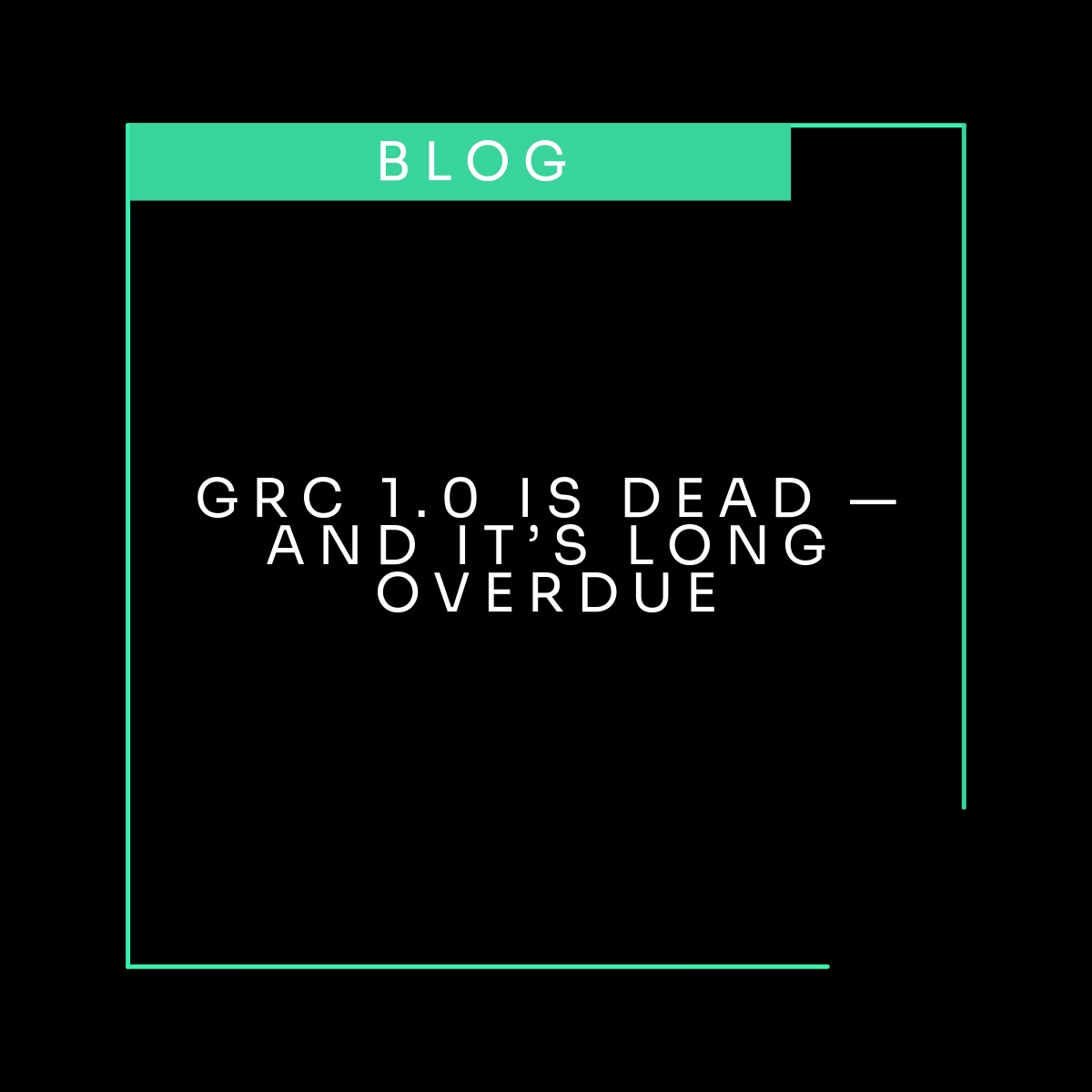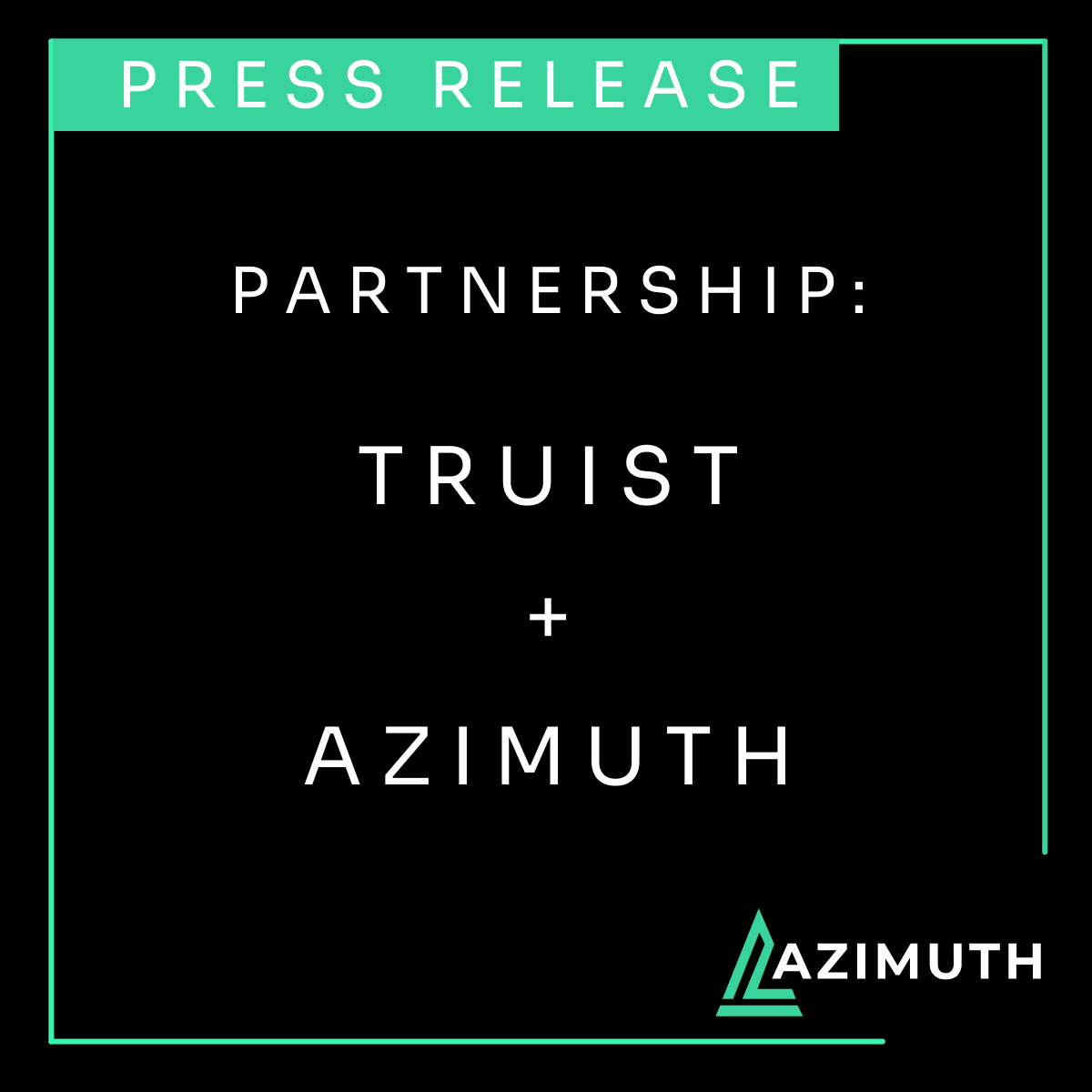The Imperative for Full-Population Testing in Regulatory Compliance
In the financial sector, the evolution from traditional sample-based manual testing to full-population testing marks a critical shift. This advancement is not merely technological but represents a fundamental reevaluation of compliance management strategies. Full-population testing ensures the integrity of financial institutions and protects consumers by offering complete coverage of every transaction, making it an indispensable tool in today’s regulatory landscape.
The Case Against Sampling: A Call for Full-Population Testing
Historically, institutions relied on sampling for compliance testing—a method that now seems outdated given today’s technological advancements. Sampling’s major flaw lies in its limited scope. Typically, only a small percentage (as low as 0.04%) of transactions are tested, risking significant oversight and potentially leaving institutions vulnerable to non-compliance penalties. In a data set of 100,000, potentially only 40 will be tested.
In contrast, full-population testing offers a more reliable and insightful approach. It’s not only feasible but also more cost-effective than manual sampling, thanks to technological advancements. With full-population testing, institutions gain frequent and comprehensive insights into their compliance status, enhancing decision-making and strategic planning.
Why Full-Population Testing Is Essential
Full-population testing involves scrutinizing every item within a dataset or portfolio, ensuring adherence to all applicable laws and regulations. This method offers a stark contrast to sample-based testing, which only examines a subset of data, potentially overlooking critical compliance issues. When regulators find an issue, they require full population testing.
- Comprehensive Coverage and Accuracy: Full-population testing eliminates the reliance on inferential statistics used in sampling methods, which can miss non-compliant transactions. This comprehensive approach ensures that institutions capture every compliance anomaly, no matter how minor.
- Efficiency and Cost-Effectiveness: Modern solutions like Azimuth’s VALIDATOR transform full-population testing into an efficient process. These automated systems can analyze vast datasets in minutes, significantly reducing the labor and time traditionally required for compliance checks, thereby lowering operational costs and accelerating product time-to-market.
- Proactive Risk Management: By identifying compliance issues early, full-population testing prevents minor discrepancies from escalating into significant problems, maintaining system integrity and public trust.
- Agility in Regulatory Change Management: As regulations evolve, full-population testing systems quickly adjust, ensuring continual compliance and demonstrating institutional agility.
- Insightful Data Analysis: This testing method extends beyond compliance, offering insights that can drive strategic decisions and operational improvements.
Azimuth’s Revolutionary Approach with VALIDATOR
Azimuth is pioneering this field with VALIDATOR, a product that quickly automates compliance testing across entire portfolios. VALIDATOR also offers actionable insights into potential risk areas.
Integrated with Azimuth’s OMNIA and LINEAGE, VALIDATOR is part of a comprehensive compliance management ecosystem that ensures seamless information flow across all lines of defense—from understanding legal mandates to enforcing controls and executing tests.
The move towards full-population testing is not just a technological upgrade but a necessary evolution to meet higher regulatory expectations and manage risks effectively. Azimuth’s VALIDATOR and its integrated solutions represent the cutting edge of this transformation, providing the tools needed to navigate the complexities of modern regulatory environments confidently. As the industry progresses, full-population testing isn’t just an option; it’s becoming the standard.
Learn how Validator can help your organization. Register for a demo today.



